OpenAI's decision to release the GPT-oss family of language models under the permissive Apache 2.0 license is set to reset price and performance expectations for run-anywhere LLMs. For marketers, the open-weight drop touches tech stacks, budgets, data-control strategy, and the speed at which AI-powered campaigns move from concept to production.
Key takeaways
- Lower cap-ex bar - GPT-oss-20b runs on a single 16 GB consumer GPU, and GPT-oss-120b needs one 80 GB card. Hosting costs should fall 25-40 % compared with renting proprietary models in cloud instances.
- Reasoning parity, not creative parity - Benchmarks show near-o4-mini scores on logic tasks but 8-12 percentage points weaker on hallucination tests. Content teams must pair the model with retrieval or verification layers.
- Agent-ready design - Native function-calling and structured output accelerate automation of SERP monitoring, bid adjustments, and creative testing. Time-to-prototype for agentic workflows drops from weeks to days.
- Data-residency upside - Self-hosting ends vendor lock-in and simplifies compliance for finance, health, and EU brands, but introduces new DevOps overhead.
- Competitive spillover - Meta's Llama 3 and the Mistral mix will face pricing pressure. Expect cloud vendors to cut managed-LLM rates or bundle GPUs into ad-tech offerings within six months.
Situation snapshot
The trigger: OpenAI released two open-weight models on 9 May 2025. In the official announcement OpenAI explains how the Apache 2.0 license permits commercial use, fine-tuning, and redistribution.
- Model sizes: 20 billion and 117 billion parameters (Mixture-of-Experts).
- Hardware: 16 GB consumer GPU for 20B; one 80 GB A100/H100 for 120B.
- Benchmarks: GPT-oss-120b matches o4-mini (≈85 % on Big-Bench Reasoning) but trails by eight points on TruthfulQA hallucination score. See the PDF version of the model card for full details.
- Chain-of-thought traces are unfiltered; OpenAI warns they may include unsafe or false statements.
- Safety testing shows no dangerous capability escalation under hostile fine-tuning.
The weights are already mirrored on Hugging Face, and the full source code sits in the public GitHub repository. For integration help, OpenAI's developer guides cover inference, fine-tuning, and best-practice safety filters.
Why hardware costs shrink
Two architectural choices cut inference expenditure:
- Mixture-of-Experts (MoE) - Only four of 32 expert subnetworks activate per token, so floating-point operations scale to roughly 25 % of a comparably capable dense model.
- Grouped Multi-Query Attention (G-MQA) - Sharing key/value projections across attention heads reduces memory reads and lowers latency.
The upshot is higher tokens-per-second and the ability to serve the 20B model on a mid-range gaming GPU. The trade-off is a larger total parameter count that increases storage needs during fine-tuning.
Chain-of-thought transparency vs. hallucinations
OpenAI kept chain-of-thought reasoning visible to simplify audits. Transparency improves red-team efficiency but surfaces hallucinations in raw output, explaining the weaker TruthfulQA score. In production, OpenAI recommends wrapping the model with retrieval-augmented generation or tool-calling steps to backfill facts before the user sees them.
Marketing impact
Paid search
Running bid-automation agents on in-house GPUs can shave 5-10 % off tech fees for brands spending USD 50k or more a month on ads. Latency drops by roughly 100 ms, enabling near-real-time bid tweaks.
Organic content
Writers gain a logic-strong draft partner but must bolt on live data checks. Pairing GPT-oss-20b with a RAG pipeline that ingests style guides and product feeds can cut revision cycles by about 30 %.
Analytics and operations
The Apache license lets first-party data mix with model weights without SaaS exposure, but DevOps teams must allocate roughly 0.5 FTE per deployed model for container orchestration, security patches, and GPU scheduling.
Winners: Mid-size agencies with spare gaming-GPU rigs, compliance-sensitive verticals, and open-source hosting providers.
Losers: Proprietary model API vendors that charge per-token mark-ups and smaller shops without MLOps capacity.
Adoption scenarios
- Likely (60 %) - Brands run a hybrid stack: fine-tune GPT-oss-20b for routine copy and keep premium APIs for high-stakes creative.
- Possible (30 %) - Cost-sensitive sectors such as education and NGOs self-host the 120B model and phase out paid APIs within 12 months.
- Edge case (10 %) - A major chain-of-thought leak triggers regulatory clamp-downs, pushing enterprises back to closed models.
Risks, unknowns, and watchpoints
- Data attribution - Apache 2.0 covers code, not the training corpus. Liability in future copyright lawsuits remains unclear.
- Benchmark bias - Static Q&A tests may understate real-world hallucination risk; live dashboards are advisable.
- Ops burden - Electricity for a 120B instance runs USD 200-250 a month. Outages can stall campaigns if backup APIs are absent.
- Model roadmap - OpenAI has not committed to patch cadence or future versions.
- Wildcards - A comparable open MoE model from Meta below 80B parameters could redirect community attention within weeks.
Sources
OpenAI, 09 May 2025, Blog post "Introducing GPT-oss".
OpenAI, 09 May 2025, Model card PDF.
Search Engine Journal, 10 May 2025, Article by R. Montti.

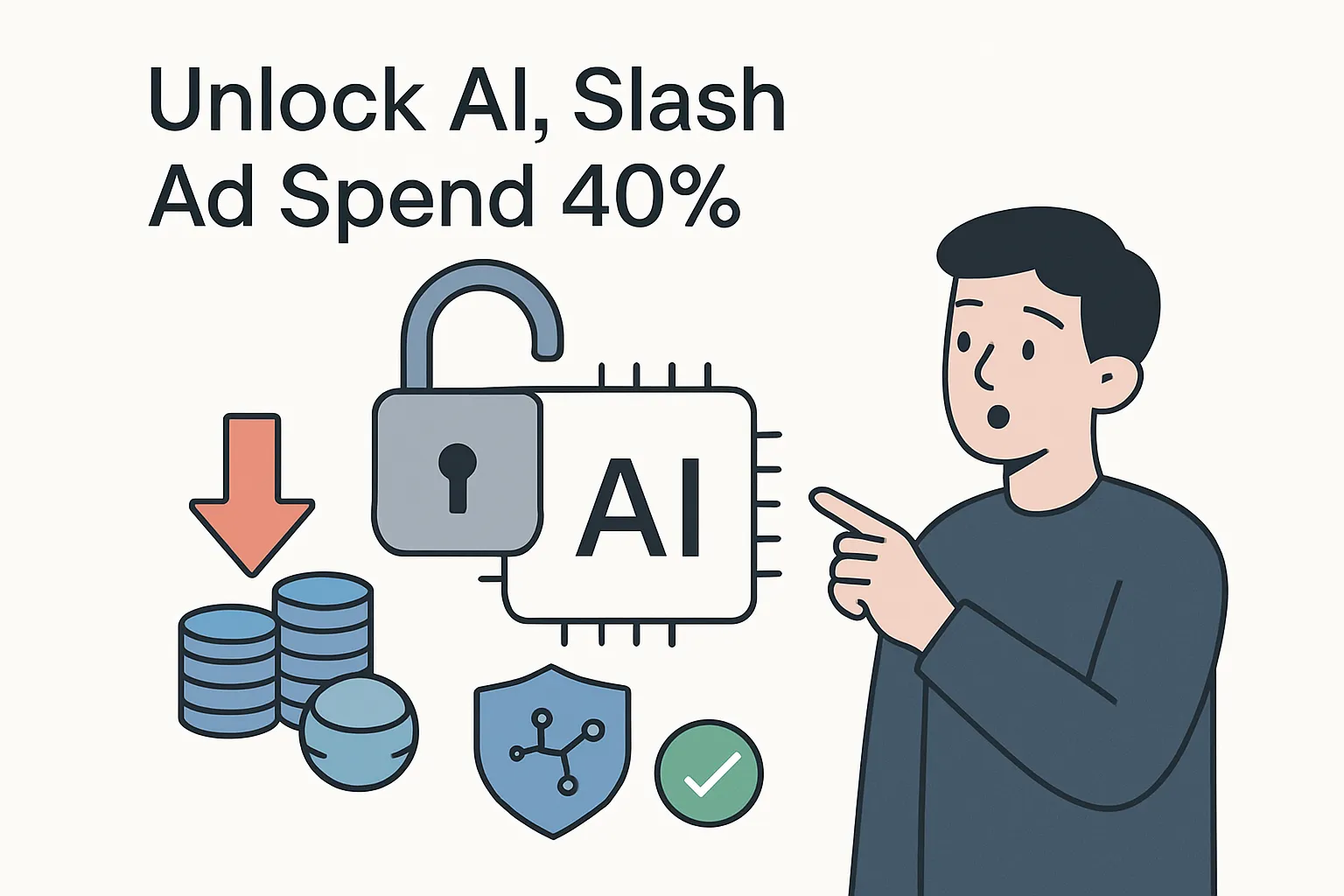

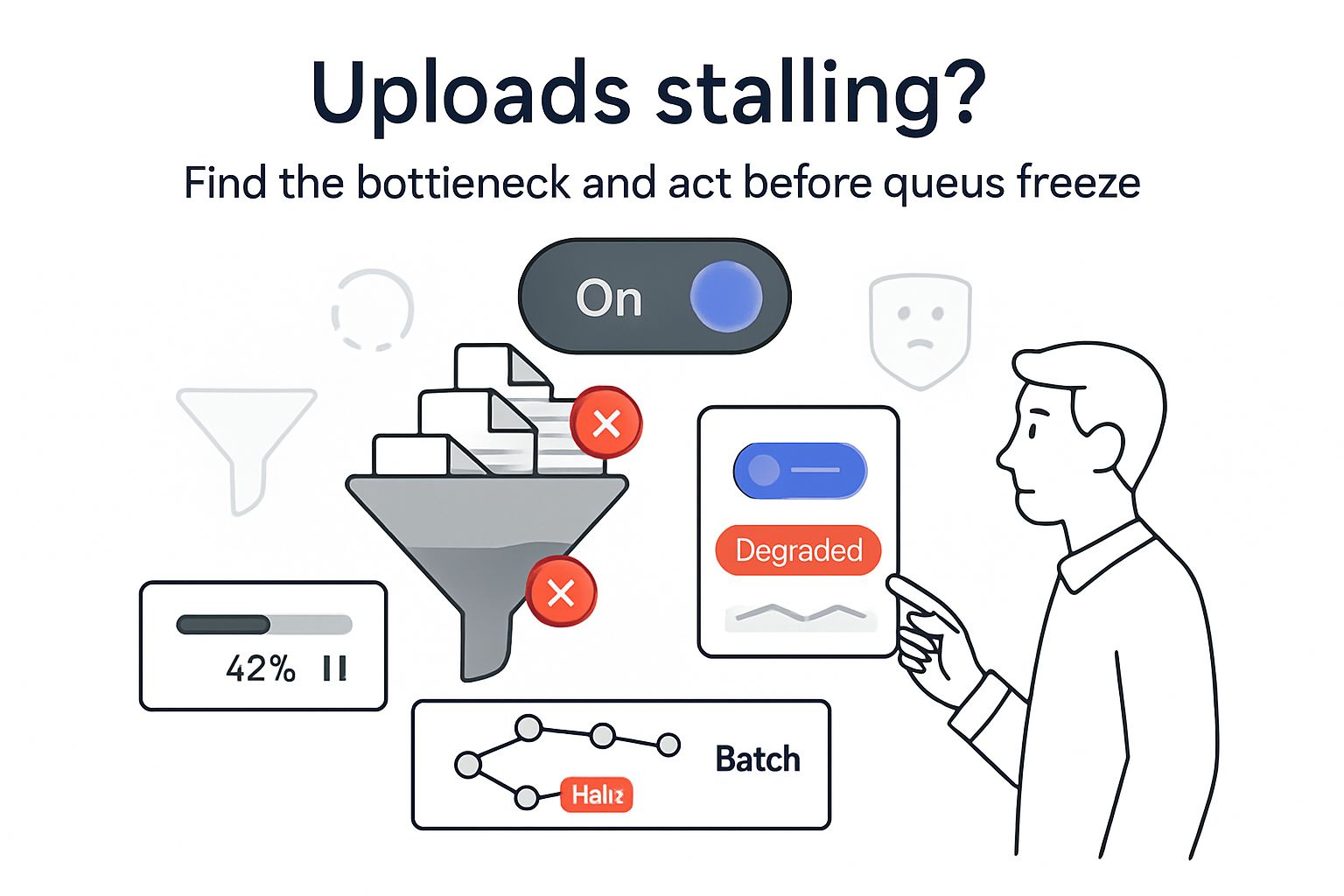
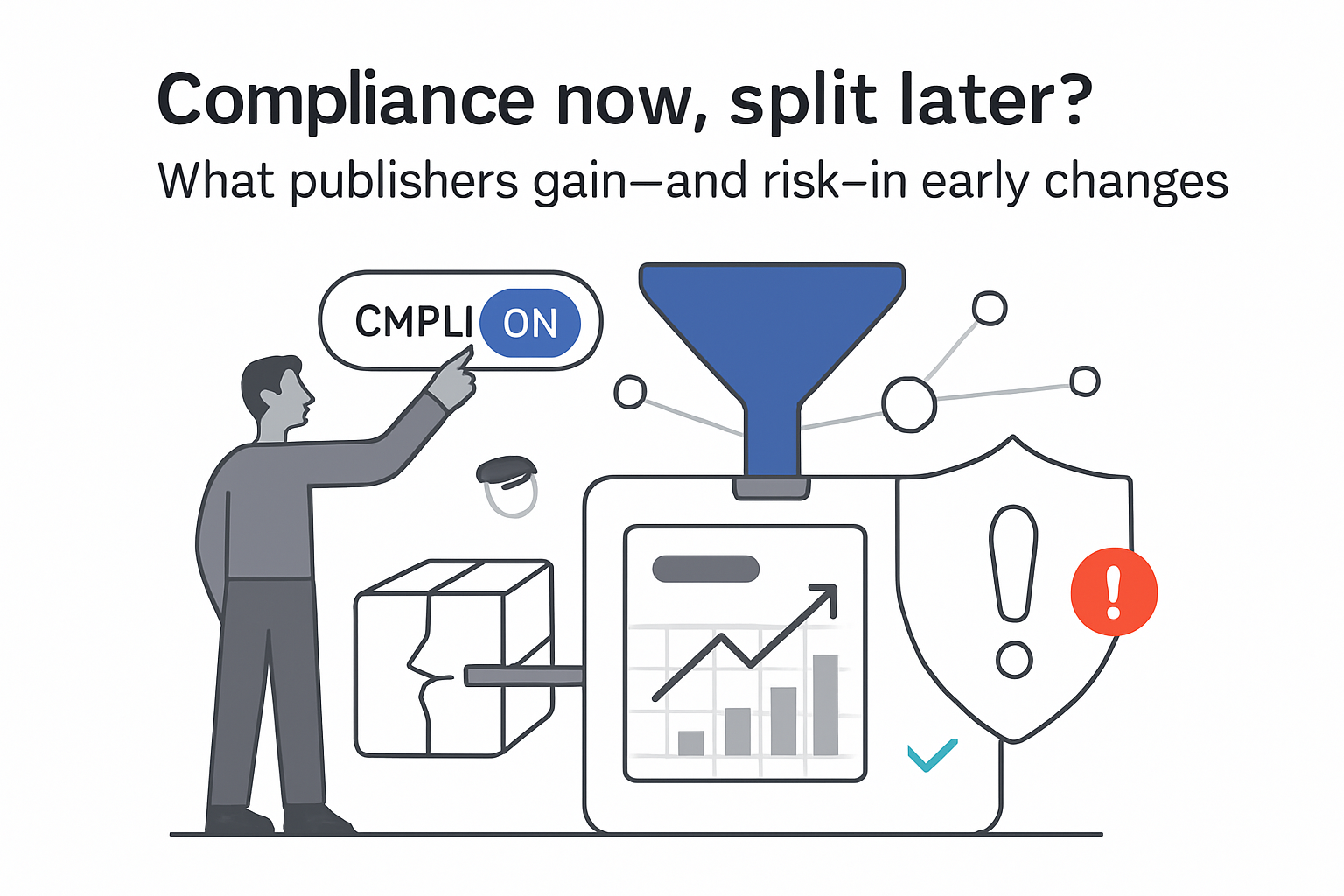
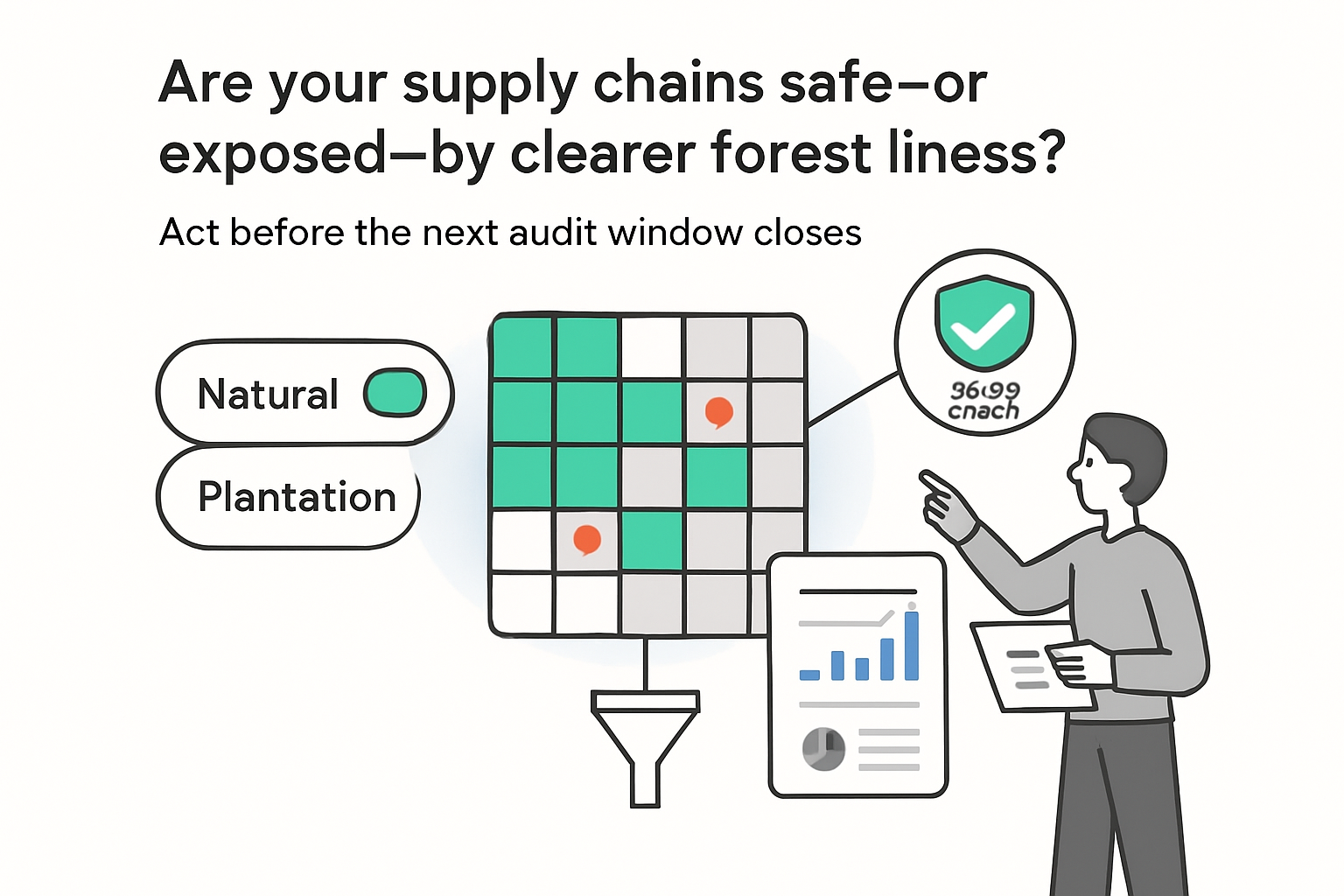
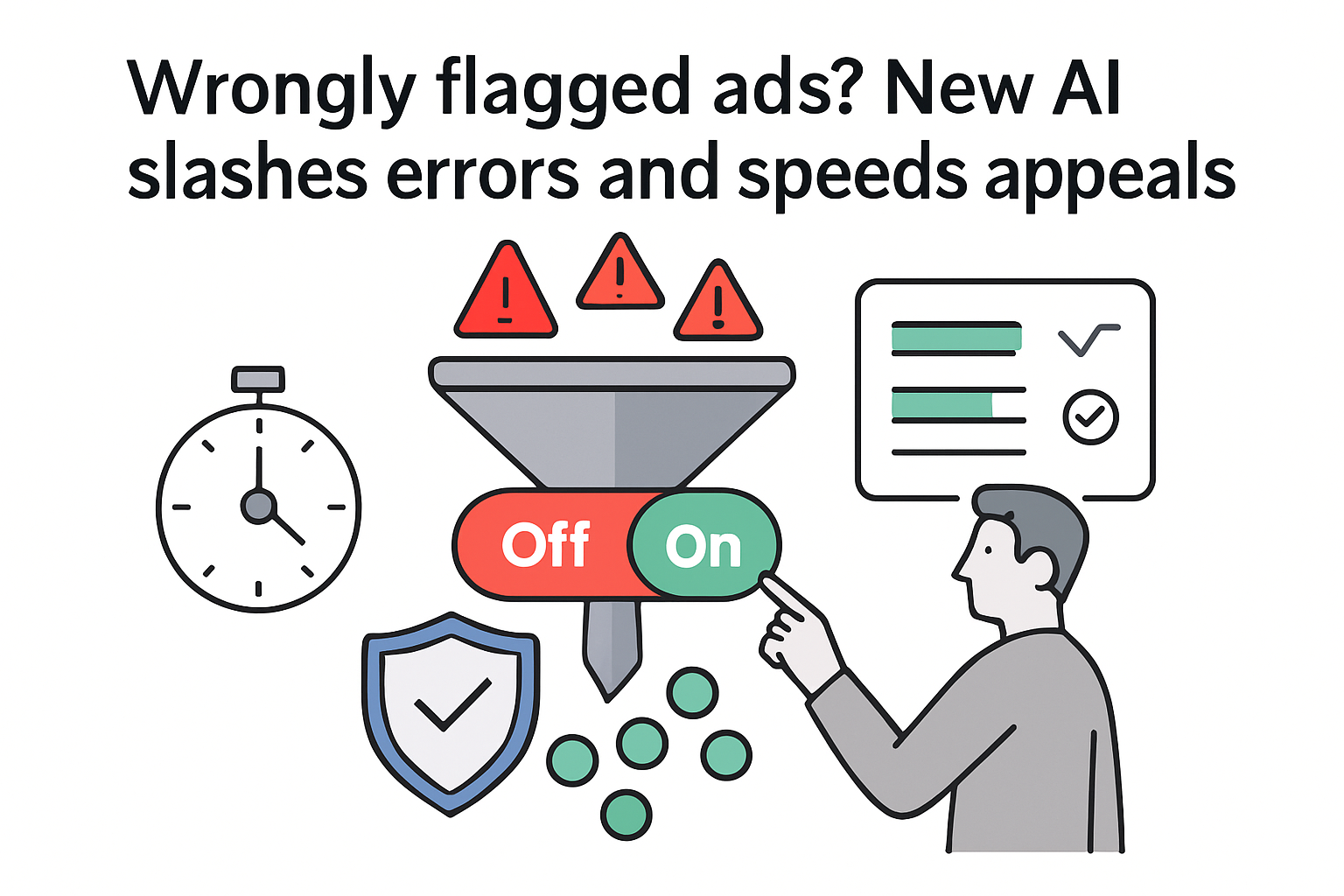
.svg)